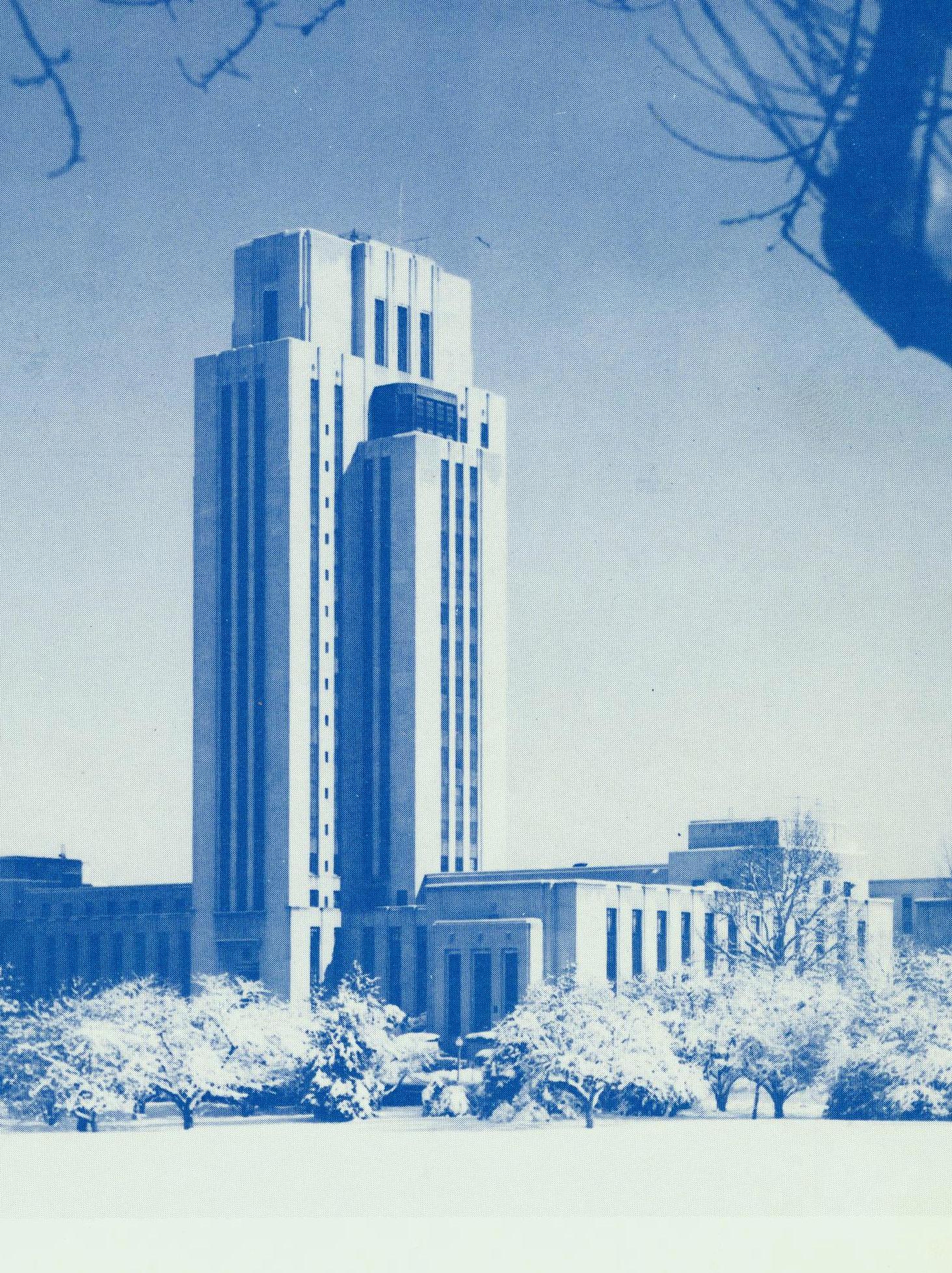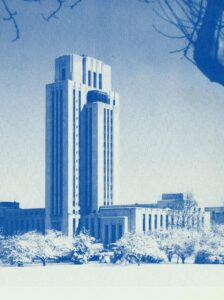
One hypothesis for why Fox News fired popular television commentator Tucker Carlson is because he had been badmouthing company officials. But are top executives for a major U.S. corporation so sensitive to personal criticism that they’re willing to ditch their most popular commentator for saying some bad things about them? That’s hard to believe.
Another hypothesis is that Carlson was also saying bad things about Fox News colleagues. That too doesn’t make much sense to me. Doesn’t that sort of thing go on in most large companies? It’s called human nature. Again, it doesn’t seem serious enough to can the network’s most popular commentator.
Let me weigh in on another possibility — that the Pentagon and the CIA may have been the ones who put the quietus on Tucker and possibly signaled to Fox executives that he had to go.
Last December, Carlson broadcast a program on the assassination of President Kennedy in which he accused the CIA of having participated in the assassination. In doing so, Carlson violated a taboo that has existed within the mainstream media since November 22, 1963, the day that Kennedy was assassinated.
It’s considered permissible for the mainstream press to run articles and programs that analyze the assassination in an “objective” way, or that support the official lone-nut narrative, or that analyze why people subscribe to conspiracy theories. But what has been verboten since the assassination is the running of articles and programs that point to the Pentagon and the CIA as the orchestrators of the assassination or that feature evidence pointing to their criminal culpability.
By violating that sacred taboo, Carlson put himself at risk of being subjected to the omnipotent power and influence of the national-security establishment. As New York Congressman Charles Schumer candidly and succinctly put it, “Let me tell you, you take on the intelligence community, they have six ways from Sunday at getting back at you.”
In upcoming episodes of my new video/podcast series “The JFK Assassination: Sixty Years Later,” I point to specific examples of where the mainstream press steadfastly and scrupulously avoided confronting clear and convincing evidence of criminal culpability by the national-security establishment in the Kennedy assassination.
Let’s examine one of those examples. (I’m covering several others in my new series.)
In 1992, the Assassination Records Review Board was brought into existence to enforce The President John F. Kennedy Assassination Records Collection Act of 1992, which mandated that the Pentagon, the CIA, and other federal entities release their long-secret assassination-related records to the public.
The ARRB discovered the existence of a man named Roger Boyajian, who told the agency a remarkable story. He said that on November 22, 1963, he was a Marine sergeant stationed at the Bethesda National Naval Medical Center. After JFK’s assassination, he was ordered to the facility where the autopsy on President Kennedy’s body was to be conducted by the military. He told the ARRB that a team brought JFK’s body into the Bethesda morgue at 6:35 p.m. on that evening.
 Boyajian’s statement presented problems for the military. That’s because the official narrative has always been that JFK’s body was brought into the Bethesda morgue only one time — at 8 p.m. — by an official honor guard consisting of the members of the armed forces. Boyajian’s statement meant that the military had lied — that there were actually two different entries of JFK’s body into the morgue on that evening.
Boyajian’s statement presented problems for the military. That’s because the official narrative has always been that JFK’s body was brought into the Bethesda morgue only one time — at 8 p.m. — by an official honor guard consisting of the members of the armed forces. Boyajian’s statement meant that the military had lied — that there were actually two different entries of JFK’s body into the morgue on that evening.
Was there any corroboration for Boyajian’s extraordinary claim? Actually there was. Boyajian had kept a copy of his “after-action report” that he had submitted to his superiors the week following the assassination. The report, which he shared with the ARRB, confirmed that the president’s body was brought into the morgue at 6:35 p.m. Perhaps it’s worth mentioning that the Pentagon never disclosed that report to the ARRB, which the JFK Records Act required it to do.
Further corroboration came in the form of statements and testimony from several Navy enlisted men who said that they met a large black hearse outside the morgue and carried the president’s body from the vehicle into the morgue. They said that the president’s body was in a shipping casket rather than the heavy, ornate casket into which the president’s body had been placed in Dallas. The enlisted men said that there were men with suits in the hearse whose identities are still unknown to this date.
The ARRB also discovered a memorandum from Gawler’s Funeral Home in Washington, D.C., which performed the embalming of JFK’s body after the autopsy. The memorandum stated that the president’s body had been brought into the morgue in a shipping casket.
In 1969, Col. Pierre Finck, one of the three military pathologists who performed the autopsy on Kennedy’s body, testified in a criminal case in New Orleans that had been brought by a district attorney named Jim Garrison against a man named Clay Shaw. During the trial, Garrison questioned the official lone-nut narrative of the assassination and charged that the assassination was actually a national-security state regime-change operation, one that was no different in principle from such other U.S. national-security regime-change operations as Iran (1953), Guatemala (1964), and Congo (1961).
During the trial, Finck testified that he received a telephone call at 8 p.m. on November 22, 1963, from Navy Commander James Humes, a pathologist in charge of performing the autopsy on Kennedy’s body. Humes invited Finck to come to the Bethesda morgue to assist with the autopsy. During that 8 p.m. conversation, Humes told Finck that they already had x-rays of the president’s head.
That’s what the law calls an “admission against interest.” It’s not exactly a confession but it’s similar to a confession, which is why the law places tremendous weight on it. With his sworn testimony, Finck was inadvertently confirming that the president’s body was, in fact, sneaked into the morgue almost an hour-and-a-half before the official entry time of 8 p.m. After all, at the risk of emphasizing the obvious, the only way they could already have x-rays of the president’s head at 8 p.m. is if the president’s body had already been in the morgue before 8 p.m. — i.e., at 6:35 p.m. (No x-rays were taken at Parkland Hospital in Dallas, where JFK was treated after being shot.)
Now, wouldn’t you think that this set of facts would be a dream-come-true for any investigative reporter within the mainstream press? After all, sneaking the president’s body into the morgue and then lying about it and covering it up would obviously be a fairly big story, especially if the press could discover what the military was up to.
Keep in mind something else: Someone had slipped a provision into the JFK Records Act prohibiting the ARRB from investigating any aspect of the assassination. Thus, the ARRB could not investigate the early introduction of the president’s body into the Bethesda morgue and, equally important, what was done with the body in the one-and-a-half hours before the second introduction of the body into the morgue — the official one that took place at 8 p.m.
But the law certainly did not prohibit the mainstream press from investigating the matter. Moreover, in the 1990s, many of the people involved in the autopsy were still alive. An investigative reporter could have contacted everyone involved and gotten to the bottom of the military was up to.
By the 1990s, when Boyajian shared his story with the ARRB, it was clear that the Pentagon and the CIA did not want the mainstream press to investigate any of the sinister aspects of the Kennedy autopsy. (See my books The Kennedy Autopsy, The Kennedy Autopsy 2, and An Encounter with Evil: The Abraham Zapruder Story.) Thus, the early sneaking of JFK’s body into the morgue was simply “airbrushed” out of the mainstream press. The standard response to the sinister aspects of the Kennedy autopsy became “Conspiracy theory!” which was the term that the CIA early on advised the mainstream press to employ against those who challenged the official lone-nut narrative of the assassination.
Did Tucker Carlson pay a price for violating the JFK taboo? It certainly wouldn’t surprise me.
The post Did the CIA and the Pentagon Put the Quietus on Tucker Carlson? appeared first on The Future of Freedom Foundation.
* This article was originally published here
PUBLISH WITH US!
The Washington Gazette works at our discretion with businesses, non-profits, and other organizations. We do not work with socialists, crony capitalists, or disinformation groups. Click the green button below to view our services!
HELP STOP THE SPREAD OF FAKE NEWS!
SHARE our articles and like our Facebook page and follow us on Twitter!





0 Comments